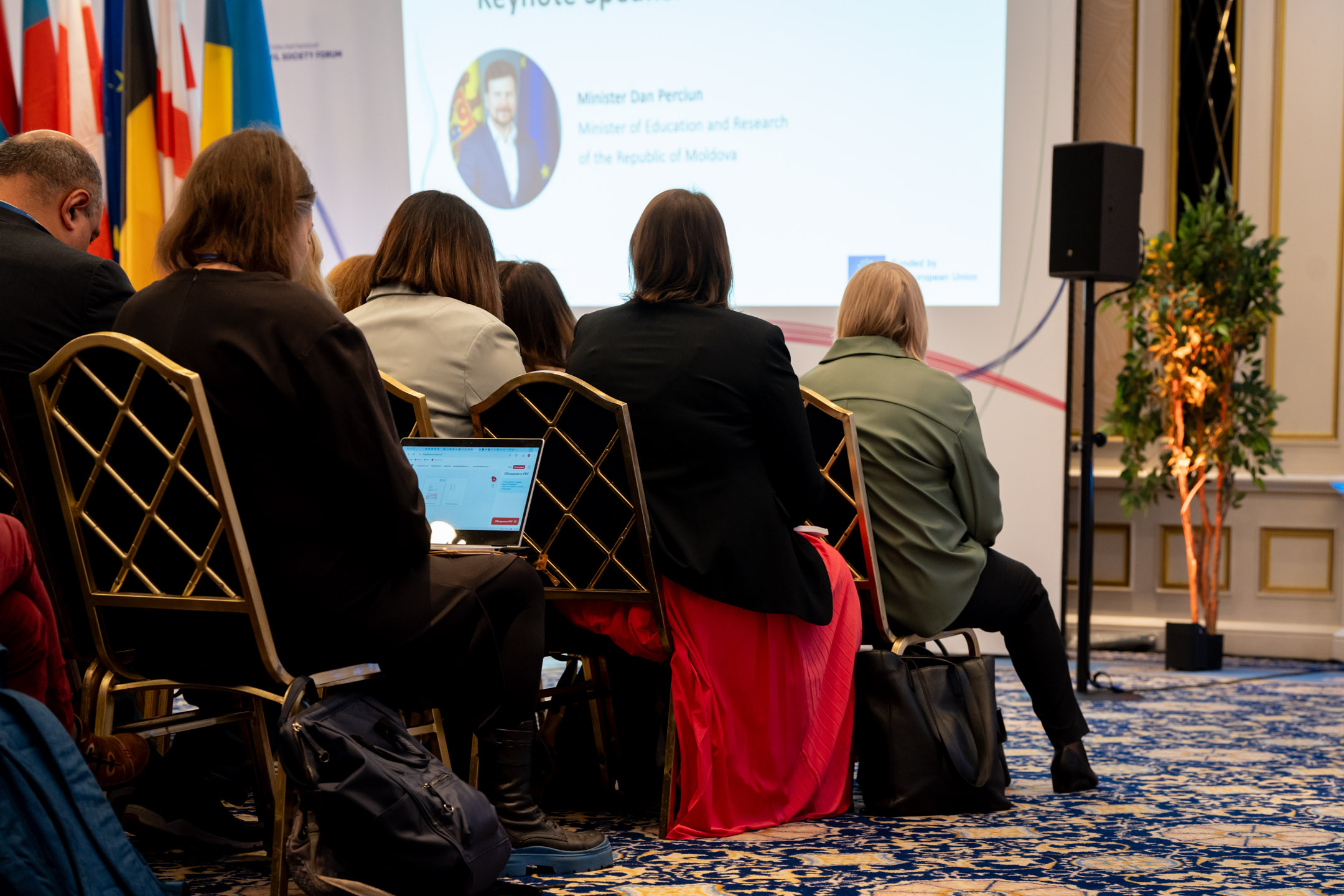Best practices for showcasing new initiatives in a EU policy launch event
Whether it is the start of a new funding cycle, a long awaited legislative package, or the unveiling of a flagship strategy, EU launch events go beyond mere ceremonial moments. Their importance for strategic communication purposes means the event design needs to reflect the weight of political priorities, the relevance of operational details, and the visibility stakeholders expect from being part of the project. With our experience supporting European institutions in bringing new initiatives to life through events, we have gathered a few best practices worth sharing.
Format: remote is not the default, but hybrid formats can be valuable
While remote formats remain useful for reach and accessibility, they are usually not the right answer for this type of event. A high level strategy launch, for instance, often gains more from a strong in room experience with tailored documentation for media and online audiences than from a full streaming setup. On the other hand, initiatives requiring broad engagement, like consultations or multi stakeholder missions, may benefit from hybrid settings that allow real time interaction online and decentralised watch parties. The format should follow the communication goals, not the trend.
Flow: attention is the real currency
A tight, narrative driven flow helps keep political, operational, and stakeholder messages aligned. Successful launches are often built around three parts: a high level opening (to signal political backing), a core segment focused on the initiative itself (explaining what is new, why now, how it will work and for whom), and a final part that looks ahead (inviting ownership and participation). Panel discussions should feel dynamic, with clear roles for speakers, not just rounds of statements.
Press relevance: beyond the press release
Launching a strategy is not the same as launching a product, but many lessons apply. Think visually and narratively: can the press angle be captured in a short headline? Are there visuals, pilots, or key data points that give the story weight? Journalists will not always attend, but the materials and moments you create can travel further if they are designed for reusability. Quotes, images, explainer snippets, and clear positioning on hot policy topics all matter.
Stakeholder visibility: put them on the map
Who gets to speak, who is invited to moderate, who is featured in case studies are decisions that shape more than the agenda. They define the ecosystem around the initiative. Visibility is one of the most valued forms of recognition in EU policy spaces. Make it meaningful: show how partners and stakeholders have shaped the initiative, not just how they support it. When participants feel seen and involved, they are more likely to carry the message forward.
Balancing political and operational messages
It is tempting to keep these separate: open with politics, close with operations. But integrated messaging is more effective. Political leaders should echo the concrete impact the initiative is expected to have, while technical speakers should avoid going too deep without anchoring back to the broader vision. The goal is cohesion. Each intervention should reinforce the same purpose, albeit from different angles.
Conclusion
We know that launch events are key as they set the tone for what is to come. We help institutions design events that hold space for diverse audiences, keep messaging coherent, and leave a lasting impression, whether that is through a carefully scripted flow, a modular stage design, or visual storytelling that brings policies to life. If you are planning to launch a new EU initiative, let us make it count.
Read more
Discover more of our journals, a treasure trove of valuable insights, practical tips, and industry trends that will take your events to the next level.



.jpg)
.jpg)

.jpg)









